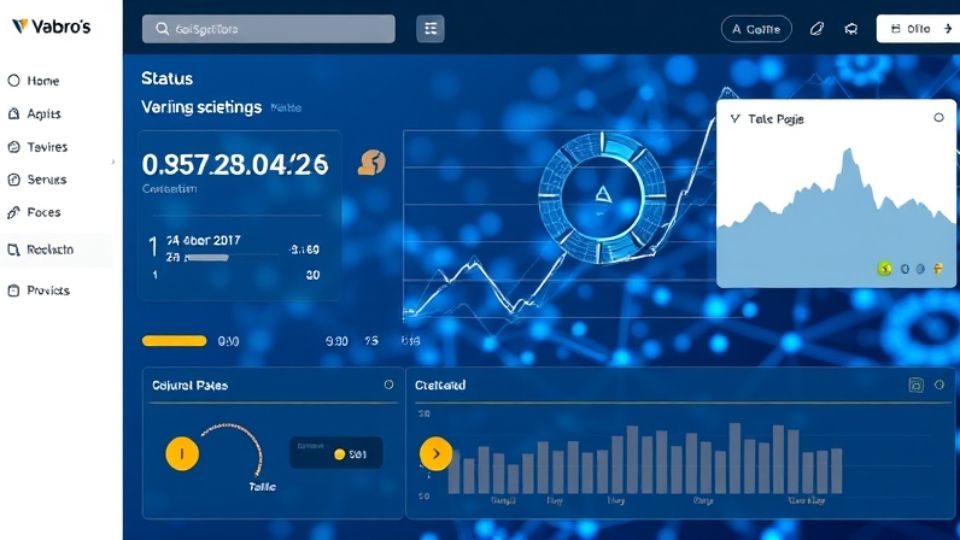What Is Found On Vabro's Status Page?
Vabro's status page is a crucial resource for users, providing real-time information about the health and performance of the Vabro platform. Here’s an overview of what you can typically find on Vabro's status page:
- System Status:
- Displays the current operational status of the Vabro platform, indicating whether the services are up and running or experiencing issues.
- Displays the current operational status of the Vabro platform, indicating whether the services are up and running or experiencing issues.
- Service Availability:
- Detailed information about the availability of specific services or features within the platform. This may include task management, reporting, integrations, and any other critical functionalities.
- Detailed information about the availability of specific services or features within the platform. This may include task management, reporting, integrations, and any other critical functionalities.
- Incident Reports:
- Information on any ongoing incidents, outages, or disruptions that may be affecting users. This section typically includes:
- Incident Type: Description of the problem (e.g., downtime, slow performance).
- Status Updates: Real-time updates regarding the progress of incident resolution.
- Timeframes: Estimated time for resolution, if applicable.
- Incident Type: Description of the problem (e.g., downtime, slow performance).
- Information on any ongoing incidents, outages, or disruptions that may be affecting users. This section typically includes:
- Historical Performance:
- A history of past incidents and their resolutions, allows users to see patterns or recurring issues. This can help organizations understand the reliability of the platform over time.
- A history of past incidents and their resolutions, allows users to see patterns or recurring issues. This can help organizations understand the reliability of the platform over time.
- Maintenance Notifications:
- Announcements regarding scheduled maintenance windows that may affect service availability. Users can find details about the expected duration and impact of maintenance activities.
- Announcements regarding scheduled maintenance windows that may affect service availability. Users can find details about the expected duration and impact of maintenance activities.
- Uptime Metrics:
- Statistics reflecting the uptime of the platform, are often displayed as a percentage over a specific period (e.g., 99.9% uptime). This helps users gauge the reliability of Vabro.
- Statistics reflecting the uptime of the platform, are often displayed as a percentage over a specific period (e.g., 99.9% uptime). This helps users gauge the reliability of Vabro.
- Contact Information:
- Guidance on how to reach Vabro’s support team for further assistance or to report issues not listed on the status page.
- Guidance on how to reach Vabro’s support team for further assistance or to report issues not listed on the status page.
- User Guides:
- Links to help articles or FAQs related to service status, incident reporting, and troubleshooting common issues.
Importance Of The Status Page
- Transparency: The status page provides transparency regarding the platform's performance, helping users stay informed about any issues that may affect their work.
- Proactive Communication: Users can proactively check the status page before contacting support, saving time and reducing frustration.
- Trust Building: A well-maintained status page helps build trust with users, as it demonstrates Vabro's commitment to providing reliable service and effective communication.
Conclusion
Vabro's status page serves as an essential tool for users to monitor the health and performance of the platform. By providing real-time updates, incident reports, and maintenance notifications, it ensures users are informed and can manage their expectations regarding service availability. For organizations relying on Vabro for project management, staying updated through the status page can significantly enhance their operational efficiency and decision-making processe
